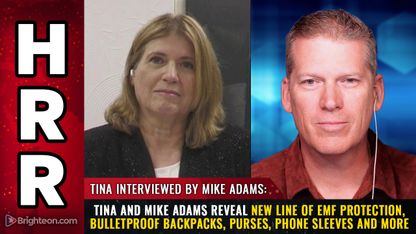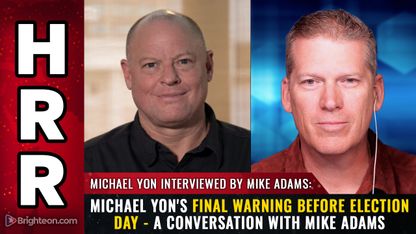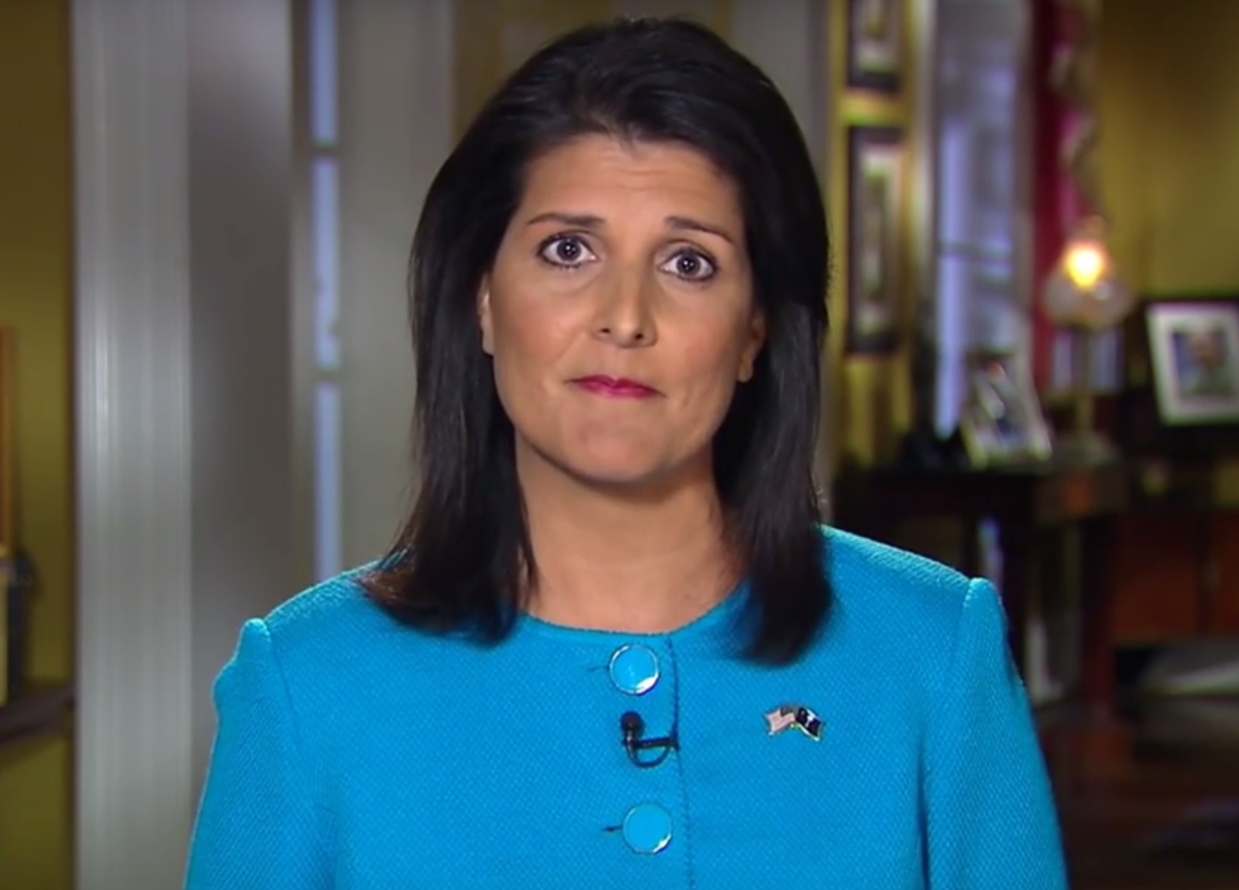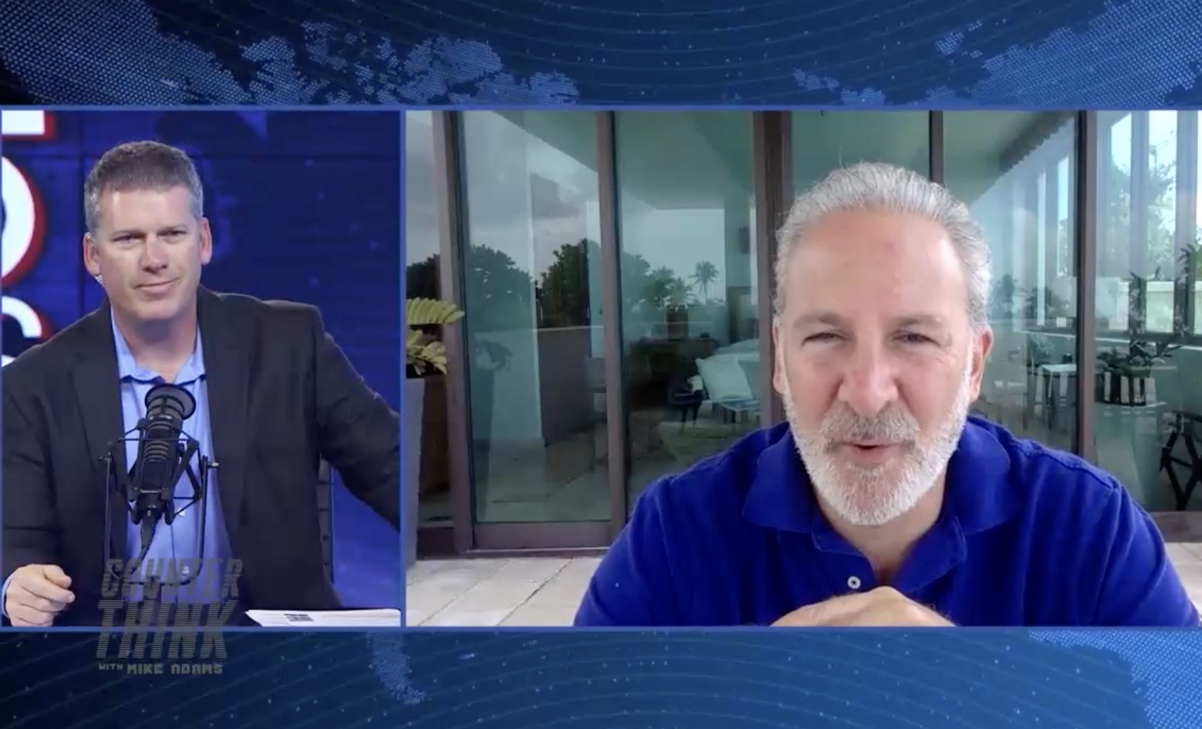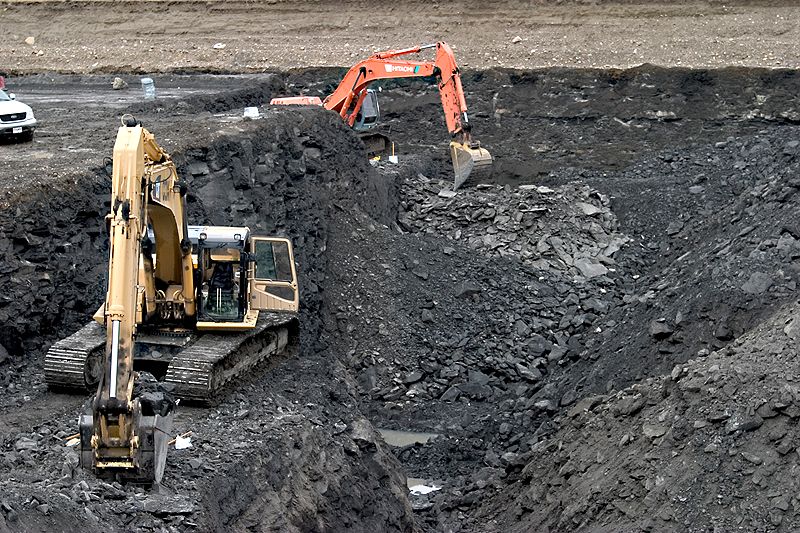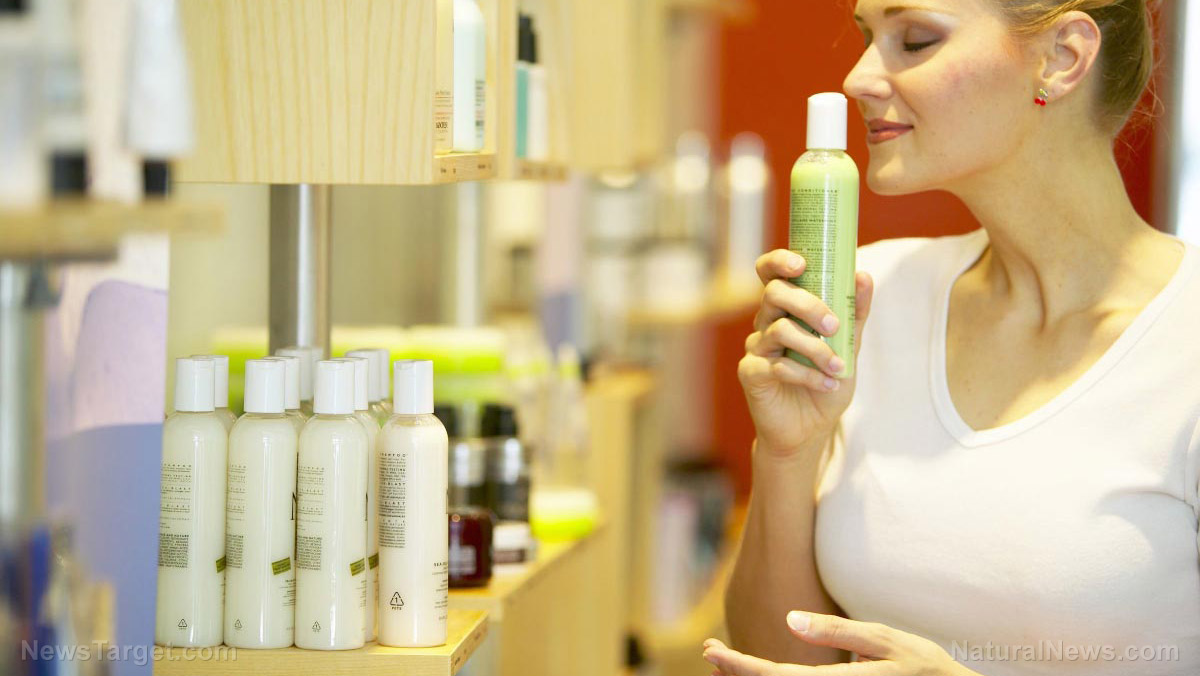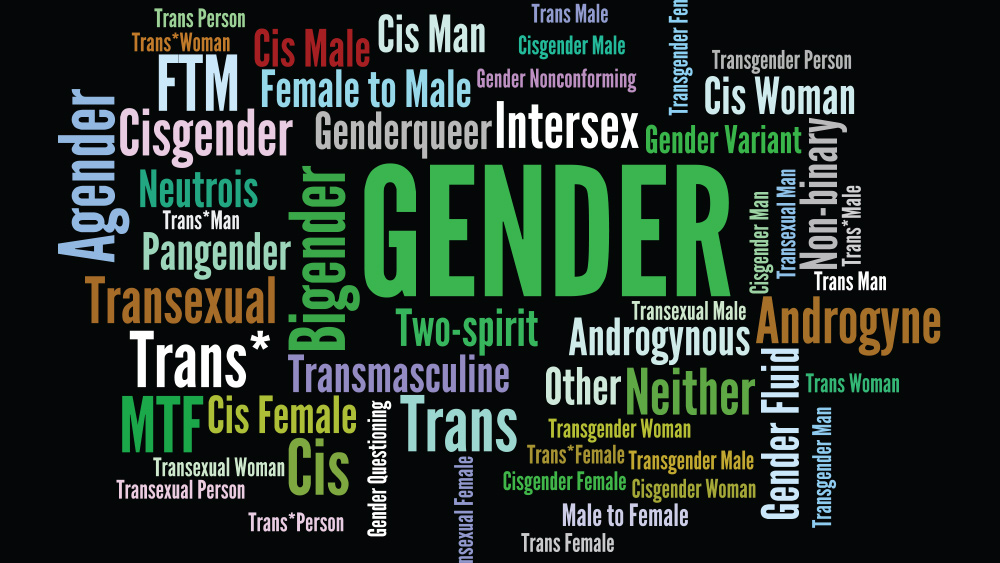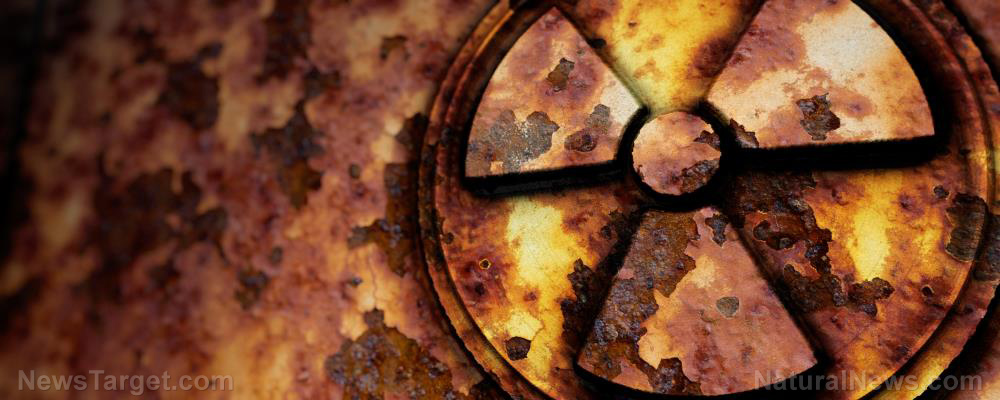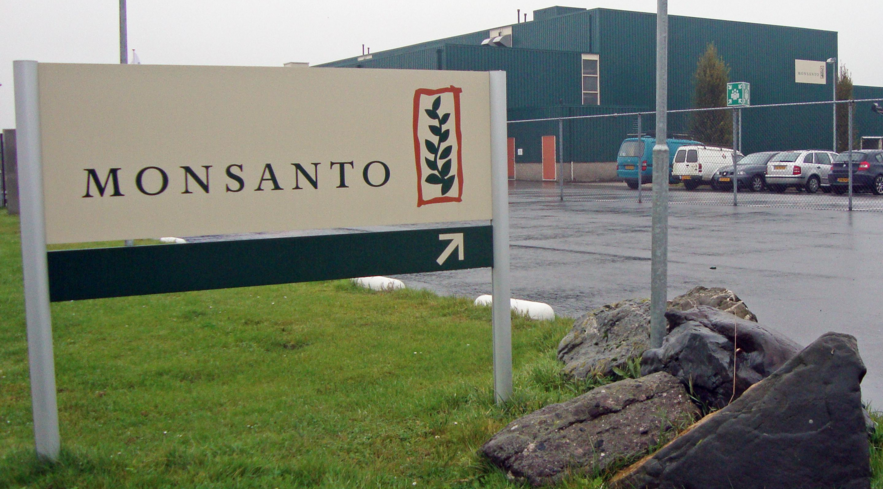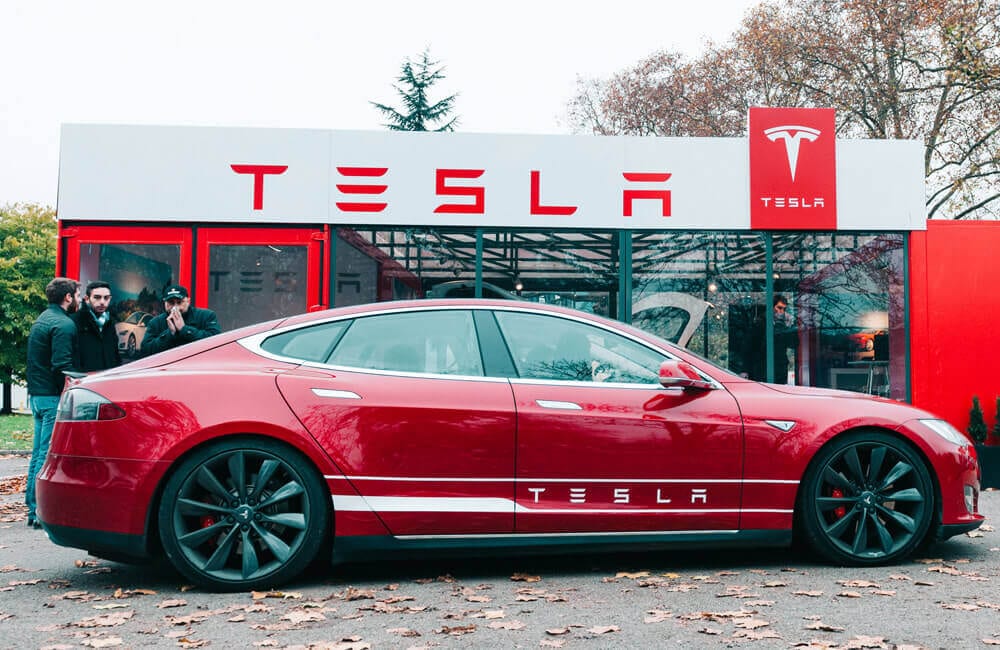
Australian officials inspecting the Glovis Caravel, a vehicle-carrying ship with a capacity for up to 6,500 cars anchored off the coast of Brisbane, discovered the presence of Erthesina Fullo, commonly known as the yellow-spotted stink bugs. These are considered to be significant threats to the plant health and environment of Australia due to the potential damage they can cause to crops, fruits and ornamental trees. (Related: EV COLLAPSE: Car dealerships are now rejecting EV deliveries due to low sales.)
According to a spokesperson from the Australian Department of Agriculture, Fisheries and Forestry, after several weeks being anchored off Brisbane and after the Glovis Caravel's crew undertook extensive fumigation procedures, the ship left Australian territory "to manage the biosecurity risk associated with the goods." Upon the Glovis Caravel's return, its goods will only be allowed to unload when the biosecurity risks had been mitigated to acceptable levels.
In response to the unexpected setback, Tesla advised affected customers of the delay through an email.
"We are actively investigating all available options to get your Model Y to you as soon as possible. This may include reassigning your order to a vehicle from the next batch of production. Further details will be provided in the coming week. Thank you again for your patience; we understand this has been a disappointing experience. However, we want to reassure you that we are doing everything we can to minimize the impact on you," Tesla wrote in an email sent to prospective Tesla Model Y owners.
Furthermore, Tesla Owners Australia Facebook group posts suggest that Tesla is now working to reassign orders from those with vehicles on the Glovis Caravel to a new vehicle with a different vehicle identification number, new ship and new delivery ship. However, the timeline for the proper fumigation of the Glovis Caravel and when it will be granted permission to travel back to Australia remain uncertain.
Glovis Caravel cargo has multiple cases of carrying yellow-spotted stink bugs and other biosecurity risks
The yellow-spotted stink bug incident is not new for Glovis Caravel. In 2018, the cargo ship was ordered four times to leave New Zealand after the crew discovered around 600 stink bugs, with 12 of them still alive.
The Ministry for Primary Industries (MPI) took decisive action when the vessel, anchored near Auckland, reported finding hundreds of stink bugs despite the ship being sealed. The high risk associated with the infestation prompted the order for its immediate departure.
"Even though the vessel was sealed, we assessed that the risk was too high for it to remain in New Zealand waters. It will now have to be treated off-shore before it can return," stated Steve Gilbert, the director of the border clearance services at MPI.
New Zealand has experienced a surge in brown marmorated stink bug detections recently, particularly on cargo ships arriving from Japan. In response, MPI has intensified its border inspection and verification procedures for bulk carriers from the region.
The latest news about the EV push and the lies that often accompany it can be found at GreenNewDeal.news.
Watch this clip from Newsmax as Iowa Sen. Joni Ernst talks about how President Joe Biden's push for electric vehicles is unrealistic.
This video is from the News Clips channel on Brighteon.com.
More related stories:
EV COLLAPSE: Electric vehicle manufacturer Lordstown Motors files for bankruptcy.
EV owners complain about “logistical nightmare” caused by lack of charging stations.
EV challenges: Electric car charging station’s power usage exceeds that of 280 HOMES.
EV supply chain problems drive GM to build “green” battery packs for electric cars BY HAND.
Sources include:
Please contact us for more information.



